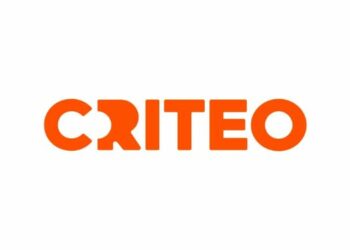The Internet and Mobile Association of India in a statement on Friday said that it was appalled at the regression and denigration of the discussion around regulating the digital economy. Far from the government’s stated goal of creating a 1 trillion-dollar digital economy, part of the telecom infrastructure industry has sought to reignite discussions that threaten to erase the progress the Indian tech industry has achieved thus far.
Data released by the Union Ministry of Electronics and Information Technology (MeitY) shows that India’s digital economy has grown tremendously over the past decade, generating over 200 billion US dollars of economic value each year. Integral to this growth has been the compartmentalisation of legislations regulating carriage and content. By regulating carriage and content separately, India has enabled the growth of both OTT service providers as well as traditional telecommunication service providers. The rapid creation of India’s 100+ unicorns is a testament to this phenomenon. Despite this astronomical growth that has allowed India to leapfrog into becoming a global start-up hub, the recently concluded consultation on the Draft Telecom Bill betrays either a wilful misinterpretation or a fundamental lack of understanding of how the digital economy works.
An Industry body representing the telecom infrastructure sector has championed the creation of revenue -sharing mechanisms for ‘Over the Top’ (OTT) Layer within the ambit of the Draft Telecom Bill. The implications of this move would be as far-ranging as they would be devastating. Creating room for licensing provisions applicable to over-the-top service providers presents an existential threat to India’s start-up ecosystem by creating herculean barriers to entry. Not only would this mean that aspiring Indian start-ups which are still evolving and developing their business and monetisation models will risk massive compliance costs in their infancy, but also would mean that foreign investors bullish on Indian start-ups may experience a chilling effect owing to the drastic policy uncertainty.
Despite this, certain policy experts continue to propagate fantasies about equitable contributions from stakeholders within the OTT layer, which would only seem to strengthen the gatekeeping abilities of the owners of the infrastructural layer on which OTT services operate. These changes would only establish additional sources of revenues for well-established sectors while leaving the start-up ecosystem vulnerable to compliance costs even when they may be pre revenue.
IAMAI, in its letter to the DoT, expressed grave concern about the impact of these changes on India’s start-up ecosystem and the digital economy. IAMAI also sought to illustrate the success of the extant regulatory framework facilitated the creation of 100+ unicorns and 200+ billion dollars of growth, achievements which have enabled India to dream of a 1 trillion-dollar digital economy.
Considering this, IAMAI has recommended that the scope of telecommunication services be reviewed and be limited to only services which distribute spectrum in a utilisable form. The time-tested distinction between telecom spectrum-controlling entities and spectrum-using companies should be maintained as it has been the basis that has allowed innovation and deeper penetration of the internet in India.
















